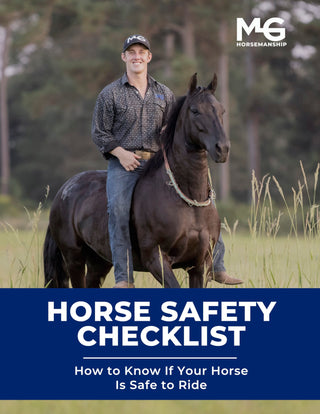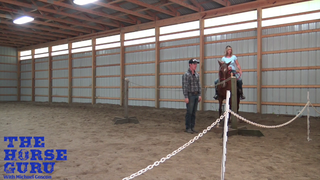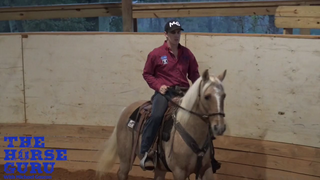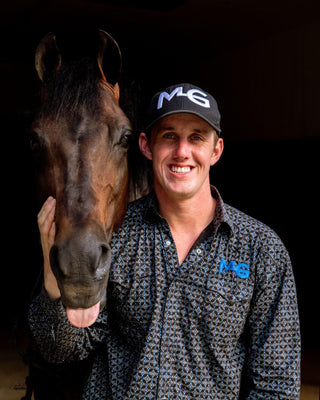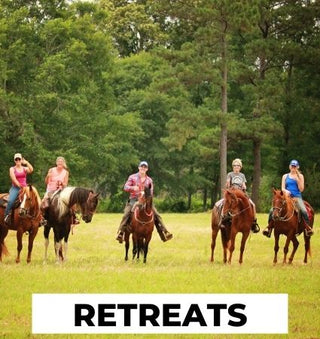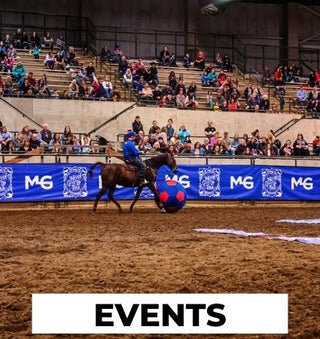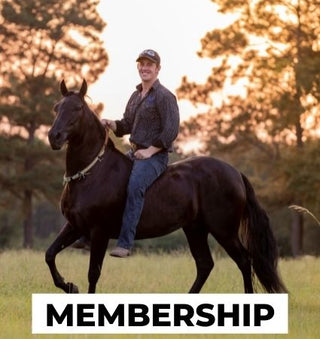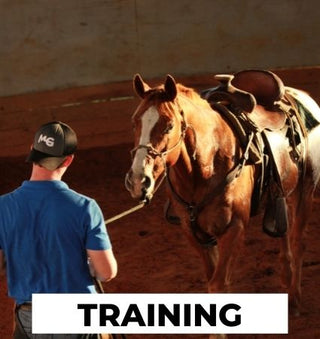Watch the Video Here or continue reading below!
Hot or sensitive horses often intimidate riders with their boundless energy and impulsive behavior. But rather than trying to “wear them out,” which often fuels their fire, trainer Michael Gascon introduces a smarter approach—spirals. This exercise is designed to teach your horse to relax, think, and walk without conflict, using their energy in a controlled, productive way.
In this post, you’ll learn why spirals are effective, how to execute them properly, and how they support long-term training goals.
Understanding the Challenge: Hot Horses Aren’t Like Cold Horses
Old School vs. New School Training Methods
Most traditional horsemanship techniques were developed using cold-blooded horses—ones that are naturally calm and slow-moving. So when you apply those same methods to a fiery Arabian, a gaited Paso Fino, or an off-the-track Thoroughbred, you often get the opposite of what you want.
Why Wearing Them Out Doesn't Work
Hot-blooded horses enjoy movement. Using work as punishment doesn’t discourage them—it encourages them. Like telling a marathon runner to run a lap as discipline, it simply fuels their drive.
The Spiral Method: Step-by-Step
1. Start With a Loose Rein and Calm Mindset
Before applying pressure, let the horse move forward freely. This isn't about controlling pace immediately—it's about preparing to redirect that energy constructively.
2. Use Your Inside Hand to Begin the Spiral
With just your inside rein, start to tighten the circle your horse is walking. Gradually spiral inward. The smaller the circle gets, the more your horse will naturally be forced to slow down and eventually walk.
3. Lock Your Inside Hand Against Your Leg
This hand remains fixed—giving your horse the sensation that it’s unmovable. It prevents rooting and head tossing, while creating boundaries.
4. Back Up with Outside Rein Pressure
Once the horse stops (even if it’s crooked), use a soft touch-and-release with the outside rein to ask for a backup. Reward each backward step with a release.
The Real Goal: Control the Head, Control the Horse
Why Flexion Is Key
You don’t want to over-flex the horse's neck—aim to keep the face in front of the shoulder. This balanced flexion makes it easier for the horse to back up straight and avoids resistance.
Spirals Disrupt Negative Energy Loops
By constantly asking the horse to redirect, you take away its ability to brace, run, or rear. Instead of holding the horse back and creating a fight, you show them a new way to think and move.
Common Mistakes and Pro Tips
Pro Tip #1: Don’t Over-Flex
Flexing the horse too far around makes backing up harder. Keep the flex around 45 degrees (face in front of the shoulder).
Pro Tip #2: Stubborn Resistance Means Try Again
If your horse “mules up” and braces against you, it’s likely they’ve locked their back legs. Let them walk off and try again. Repeat with patience and persistence.
Pro Tip #3: Circles Don’t Have to Be Perfect
The shape doesn’t matter. What matters is that the circle becomes smaller and smaller until the horse chooses to slow down on its own.
Mindset Matters: Relaxation Over Rigidity
Sit Like a Sack of Potatoes
Seriously—slouch. Take the arch out of your back and soften your posture. Your calm energy translates directly into your horse’s behavior. No fighting. No forcing.
Hot Doesn’t Mean Bad
We idolize driven humans—so why condemn driven horses? Sensitivity and energy make horses easier to train if you focus on their brain instead of their body.
Long-Term Benefits of the Spiral Exercise
Foundation for Advanced Maneuvers
Spirals help unlock your horse’s body, install buttons, and create softness that will be essential for more technical riding later on.
Improved Steering and Connection
Once your horse starts responding to soft pressure and seeking release, your bond will deepen—and it will feel like the two of you are truly moving as one.
Conclusion: Patience, Persistence, and the Power of Spirals
The spiral is more than a calming tool—it’s a communication strategy. When applied with consistency and the right mindset, it rewires your horse’s response to pressure and movement, making your rides safer, smoother, and more enjoyable.

